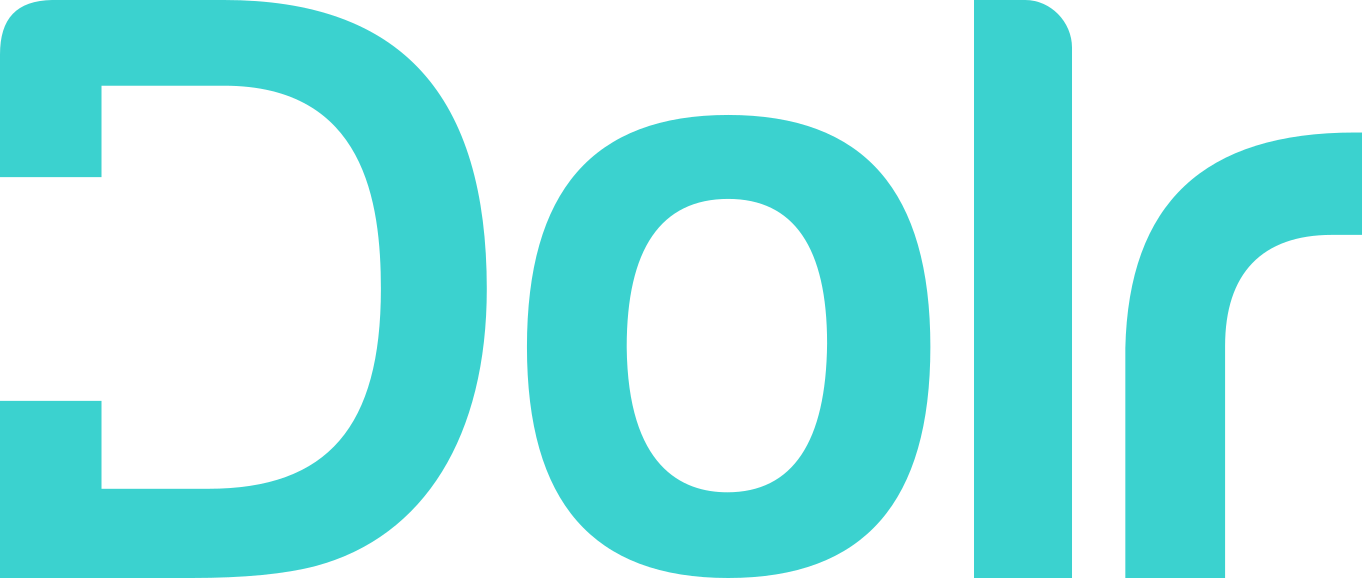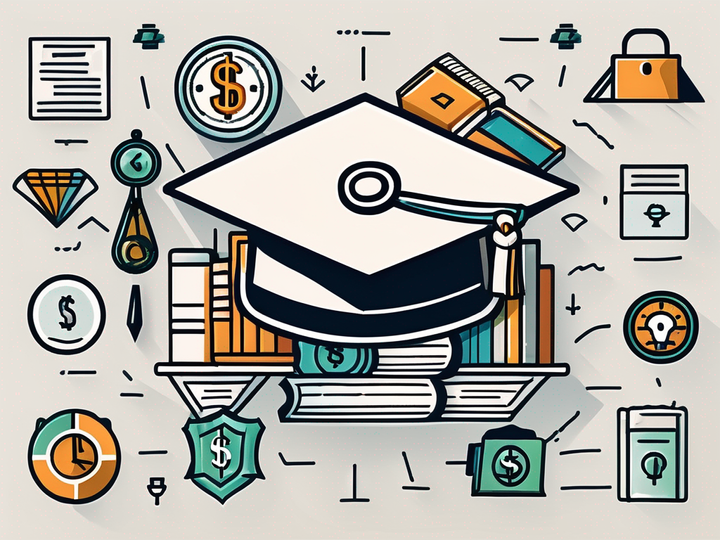Teachers’ Student Loans: What Teachers Owe + How to Pay It Off Faster
According to a recent report by the National Education Association (NEA), 45% of our country’s educators borrowed money to go to school — $55,800, on average.

No one thinks America’s teachers are raking in the dough. But you might be surprised to find out exactly how much debt they’re in — unless you’re a teacher yourself. Then you’re probably well aware of the student debt crisis facing our teachers.
If you want to get a sense of the numbers as well as some ideas for how to get rid of that debt, read on for detailed information on how student loans affect our nation’s teachers.
What is the average student loan debt for a teacher?
According to a recent report by the National Education Association (NEA), 45% of our country’s educators borrowed money to go to school — $55,800, on average.
Unfortunately, over half of those who borrowed still have a balance, and because of high interest rates and low salaries, their balance is actually higher — $58,700 — than what they borrowed.
That’s right — on average, teachers owe more than they borrowed.
It gets worse. More than a quarter of educators over the age of 61 are still paying off their student loans. And two-third of them said their student loans have impacted their ability to save for retirement.
Young teachers have it hard as well. They’re much more likely to have needed loans for their education than older educators — and to have borrowed more. 42% of educators aged 18-35 borrowed more than $65,000 in student loans.
Student loan debt for teachers of color
As you might expect, the load is even heavier for educators of color. 56% of Black educators took out student loans, as compared to 44% of White educators. Black teachers had the highest need for student loans — over Latin(a/o/x), Hispanic, and Chican(a/o/x).
Black educators also took on more debt — an average $68,300, compared to $54,300 for White teachers. Like teachers on the whole, the average balance for those still paying on their loans is higher than what they borrowed. For Black educators, it’s $71,600.
Nearly 1 in 5 Black educators who have a student loan balance owe more than $105,000.
Average salary for teachers
The average salary for a public school teacher in the U.S. in 2019-2020 was $64,311. But that number may create a misrepresentation of the salaries of many K-12 teachers because it’s skewed by higher average salaries in West Coast and Northeast states.
In 18 states, the average salary is between $50,000 and $55,000. And it’s less than $50,000 in three states.
Aside from tenure-track higher-ed faculty, educators across the board make less than their peers with similar levels of education and experience. And for K-12 teachers, the gap in pay is expanding. In 1996, teachers earned 6% less than similarly educated peers. In 2019, that gap had grown to 19.2%. Some have termed it the “teacher pay penalty.”
How student loan debt impacts educators’ lives
It’s not surprising then, that student loan debt impacts teachers’ lives, both financially and in other ways. Forty percent of educators with unpaid student loans report that their loan balance impacts their mental, emotional and/or physical well-being.
59% of teachers with unpaid student loans say those loans impact their ability to build up emergency savings. That’s compared to 39% of teachers who have paid their loans.
And like most of the rest of the country, educators experienced increased financial stress during the pandemic — with those with unpaid student loans having more difficulty meeting basic needs.
Teachers student loan forgiveness programs
That’s what student loan forgiveness programs are for, right?
Theoretically, yes. The Public Service Loan Forgiveness (PSLF) program was supposed to provide relief for educators and other public service employees by forgiving the balance of their loans after 10 years of payment.
But according to the NEA, 98% of those applying for forgiveness have been denied — often for reasons they can’t understand. The PSLF program has been notoriously mismanaged. And lenders aren’t always clear with borrowers about what actions will remove their eligibility for forgiveness (like refinancing with a private lender).
Even borrowers who kept their loans with the federal government often ran afoul of the complicated rules without realizing it. They weren’t on the right type of repayment plan or consolidated their loans, starting the repayment clock all over again. Thankfully, President Biden announced in March of this year that many of those borrowers will see relief thanks to the Limited PSLF Waiver program.
How can teachers pay off their student loans?
If you’re a teacher but not one of the 100,000 borrowers that will have their loans forgiven under the Limited PSLF Waiver program, things may seem pretty bleak on the student loan front.
We get it. And we have some ideas to help you make progress.
One of our favorite recommendations is for people to pay a little extra toward their student loans every month (it’s the idea behind our popular offering, the Daily Dolr). But it’s clear that many teachers in the United States simply don’t have that “little extra.”
So if that’s you, what can you do?
- Make sure you’re signed up for autopay. You’ll get 0.25% knocked off your interest rate. That may not sound like a lot, but it adds up over time.
- Check to see if you’re on the best repayment plan for you. Income-driven repayment plans can rack up a lot of interest, but the Federal Government will help you pay excess interest costs if you’re in the REPAYE program.
- Use shopping rewards for your student loans. You probably don’t have oodles of cash for shopping. But when you do need to buy something, get some cash back for your student loans through our Shop & Pay program.
- Ask for student loan payments instead of gifts. Through our program Your Village, your loved ones can easily give money directly toward your student loan balance. So ask for that instead of another sweater this year.
And if you can put an extra $1 a day (or even 50¢), then absolutely do that. Use our student loan repayment calculator to see how much you could save.
Contributed by Katie Taylor.



